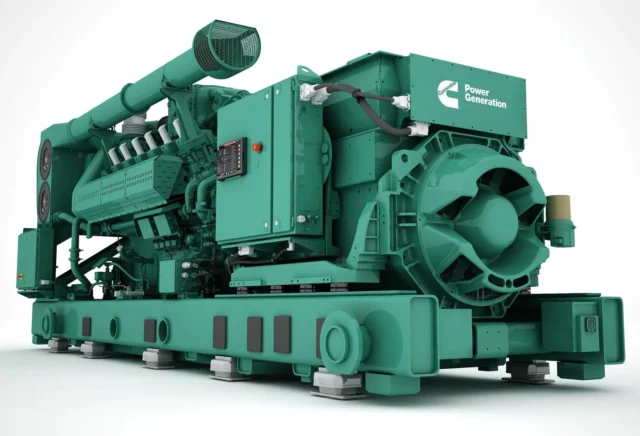Introduction
Neutral earthing is a critical design aspect of high-voltage (HV) generators, ensuring safe operation, effective fault detection, and minimized damage during earth faults. Two common methods are neutral earthing resistors (NERs) and neutral grounding transformers (NGTs). For HV generators, NGTs are often preferred. This article explores the reasons for this preference and provides a detailed calculation example for selecting a neutral transformer for an 11 kV, 50 MW generator.
Why Use Neutral Transformer Earthing Instead of Direct NERs?
- Voltage and Insulation Considerations
Direct NERs in HV systems must be rated for high line-to-neutral voltages (e.g., 6.35 kV for an 11 kV generator), requiring robust insulation and making them physically large and expensive. NGTs allow the use of low-voltage resistors, easing insulation and size constraints. - Controlled Earth Fault Current
Neutral transformers enable precise control of earth fault current by inserting a resistor on the low-voltage side. This current is typically limited to 50–600 A to allow fault detection without excessive damage. - Improved Ground Fault Detection
Using a low-voltage resistor makes it easier to sense and monitor fault currents, improving the sensitivity and reliability of protective relays (e.g., 51G, 64G). - Flexibility and Tunability
The NGT configuration provides flexibility to adopt high- or low-resistance grounding schemes by adjusting the LV-side resistor value. - Voltage Transformation and Isolation
The NGT provides galvanic isolation and voltage scaling, protecting sensitive generator windings from transient overvoltages. - Compact, Cost-Effective Design
The low-voltage resistor is smaller, more economical, and easier to manage thermally than a high-voltage-rated resistor. - Island Mode Ground Reference
When the generator is not grid-connected, the NGT provides an artificial neutral for grounding, maintaining stability and protection.
Sample Calculation - Neutral Transformer Sizing for an 11 kV, 50 MW Generator
System Specifications
Generator Power: 50 MW
Voltage: 11 kV (line-to-line)
Frequency: 50 Hz
Configuration: Wye-connected
1. Line-to-Neutral Voltage

2. Select Earth Fault Current
Assume:

3. Grounding Impedance

4. NGT Voltage Ratio
Assume LV side is 240 V (L-N):

5. LV Resistor Value

6. Power Dissipation
LV current:

Power:

Note: This is continuous power—actual fault-duty power for short durations would be higher.
Conclusion
For high-voltage generators, neutral grounding transformers offer a more practical, safer, and cost-effective method of earth fault current control compared to directly grounded resistors. By stepping down the voltage and placing a resistor on the low-voltage side, protection, fault sensing, and system integrity are greatly enhanced.
